Is that 7 views on a page with 173,754 followers? Organic reach must be dead!
Increasing Facebook Reach & Engagement
It’s common to see Facebook pages with over 100,000 followers that struggle to hit more than 20 engagements on a post. No boost = no engagement right? And then we realise after we’ve paid Facebook for acquiring all those page fans, we now have to pay them each time we post or face low engagement rates and the wrath of clients.
That is why some feel Facebook sucks and organic reach is dead. That the only way to get content seen is by paying for it. Well, you are right about the paying part. Because if your content isn’t strong, your organic reach is zilch and you have to pay Facebook. They tax pages heavily for bad content. But while it is true organic reach is getting weaker, it’s far from dead. And if you struggle getting your content seen, you just gotta adapt and use Facebook the right way.
There are Facebook pages that still manage to get massive amounts of organic reach every day, despite all the algorithm changes in 2018. In fact, Facebook pays these sites for their content and part of your money ends up going to them.
Let me say that again. Some sites not only get incredible amounts of free organic reach from Facebook daily, they also get paid for their content, with your money. That’s what Facebook’s Instant Article feature is all about. It caches content for instant display but it’s also an ad-serving platform that pays publishers through the Facebook audience network. Facebook takes a 30% commission on ads displayed within Instant articles and the publisher takes 70%.
So let’s see how you can increase your Facebook page’s organic reach.
Here are the stats from TSL’s Facebook. The vast majority of our reach is organic.
If you’re curious about your own stats, you can find them under your Facebook page by clicking Insights > Posts > Post Types.
- Videos we upload have an average reach of 224,298 each. We upload over 300 videos a year.
- Article links we share have an average reach of 68,318 each. We create over 1,000 original articles a year.
- Photos in the form of infographics and memes have an average reach of 57,859.
You can do the math to estimate how much free organic reach Facebook gives us each year and on top of that, they pay us for it!
Why Some Facebook Pages Have Amazing Engagement
A few companies have figured out to milk FB for free traffic and they’ve been doing this for years. Many got their start having some sort of accidental success in content like memes or listicles they first started doing for fun. They recognised patterns and started replicating what got the most shares. If their content had poor organic reach, they knew it was a problem with the content, not Facebook. And they tweaked their content strategy and improved. They never blamed Facebook.
The most successful pages built media empires out of free organic Facebook reach. One example is the “Business Insider” chain of companies that most of you would have seen on your Facebook feed. Their media properties now include Travel Insider, Tech Insider and Inventions Insider and their videos get millions of views. They started in 2009 and were acquired based on a valuation of over $500 million SGD in 2015. Companies like these have figured out what readers want to see on Facebook and this allows them to dominate news feeds. Those who don’t have it figured out have to pay Facebook to get their content seen. Or they end up paying publishers directly (advertising) or indirectly (boosting), to get visibility.
This is what happens in Singapore. About 10 local media brands dominate our Facebook feeds. So how do you get a share of the organic traffic that these publishers enjoy? Less than 1% of Facebook pages succeed in doing so and it’s not an easy task. But here are some steps to get started.
5 Steps To Increasing Organic Facebook Reach
Step 1: Gain The Right Followers
To get more reach, you need more fans. So let’s just pay Facebook for them! Simple right? Not really. Because a page’s engagement depends on the quality of the fans that like your page. And organic reach depends directly on the % of engaged users you have.
Which is why running ads to get Facebook likes for your page without proper targeting is a bad idea. This results in low quality likes often by disengaged users. You also open yourself to other problems like how a few years ago, Facebook was infested with bots. The bots were programmed to masquerade as real individuals, by liking random pages they saw on their Facebook feed. This is why sometimes, you have very foreign sounding names liking your posts or following your pages when you boost them. They aren’t real users, are super random, disengaged and harm your FB organic reach.
If you want to run ads to get page likes, they should be targeted. For example, with Facebook Business Manager you can create custom audiences. You can specify this custom audience to be viewers who have watched a particular video to say 50% completion. You can then choose your page ad to be shown to this audience. Another way is to use geo-targeting for a very specific area in Singapore.
But ultimately, to increase the number of fans you have, you need to offer readers an incentive to follow your page. People follow a ton of pages on Facebook. They won’t follow you brand’s page if all you’re going to do is spam them with promotions all day. The user has to come first. You have to give people a real incentive to follow you and this can be done with content.
It doesn’t have to be a giveaway campaign or physically asking someone to like your page at a roadshow. All these give you disengaged users who don’t really want to follow your page. They have to voluntarily want to click that follow button. And this can be achieved by consistently producing positive content, which gives people an incentive to follow your page. One way is to produce content that makes people laugh or feel better. Or creating helpful content that conjures feelings of FOMO. Readers will feel they have to follow you to stay up to date or they’ll miss out on posts.
Step 2: Create Sharable Content
Good content on Facebook is defined as sharable content. Leave the aesthetic content to Instagram, personality-driven content to YouTube and everything else in 2009. It doesn’t matter if you think your idea is great. The objective reality is if it sucks on Facebook, it sucks. Facebook is the ultimate arbiter of content. The engagements you get are your benchmark and you have to re-calibrate constantly.
As long as you’re using Facebook, make it your goal to create shareable content. Organic reach will follow afterwards. The first step to creating sharable content is by understanding what will catch people’s attention. Would a guide from Singapore to Johor Bahru by train that avoids the causeway jams be something that interests people?
Yes. And that’s why we wrote this. Not for a client. Not for search-engine traffic. But so we could create good content for our readers. And Facebook agreed with us!
That’s 300,000 organic reach in 2018. Organic reach is alive! 🙂
Step 3: Have An Ideation Strategy
What is your audience going to want to share?
Readers don’t want to see the same content over and over again. They’ve become desensitised to traditional ads. This is why ideation is so important – the ability to come up with original content of value.
What we didn’t tell you in the above example was how this was the only content that survived out of 10+ ideas pitched. Or how we had to send a team to JB to photograph and experience the journey to write the guide. In total, it took about 3-4 days of manpower hours to research and produce.
With such a time-heavy commitment, most editors shudder at the thought of approving such a project. Because the guide could very well end up failing and getting no shares and you’ll have wasted 3-4 days of manpower hours worth of articles. But that only happens if your ideation game is weak. But because most publishers aren’t strong in ideation, they don’t invest time in creating these types of sharable articles in the first place that truly help people. Many of the traditional-gone-digital publishers are still stuck in 2009 mode, churning out low-level content that targets keywords for SEO traffic. They ignore social media completely. Or maybe social media ignores them.
Ideation is difficult, which makes this step by far the hardest to replicate. But when done well, it leads to massive amounts of free organic traffic.
Imagine if you had to pitch a big budget project to a client and you need it to go viral so you would get ROI not achievable with just paid media. What idea would you come up with? Would you be comfortable it would succeed? We proposed something crazy. A trip from Singapore to London by land which would take our team 37 days to complete.
Thankfully, we’re confident in our ideation and we knew this angle would do well. In fact, we’ve been saving it and waiting for the right client to come along. And our client got an amazing result with 500,000 views on YouTube and another 500,000 on Facebook.
So how do you get better at ideation? It takes a lot of time and effort and active learning. Years of A/B testing and calibrating, studying content on Facebook that performs well. Some people are naturally better at ideation than others too, and it’s ideal to build a team of specialists. You don’t have to be able to predict virality with 100% certainty because that’s not possible and what ends up going viral often surprises us. But you should be able to identify what will not work with 100% confidence. That significantly improves the chance of creating sharable content.
Step 4: Cultivate an engaged audience
Creating good content is only half of it. Your audience is your distribution network and they’re responsible for spreading your content.
You’ll have to understand your audience extremely well, so every time you create content, it matches the vision of your brand and therefore it’s what your audience wants to see. The best brands end up creating cult-like communities that adore their brand. Brands like Apple or Harley Davidson have achieved incredibly devoted fans. The people who follow their pages didn’t do so just because it was a giveaway requirement. They’re evangelists proud to like and share everything the pages produce.
And when you have people wanting to share everything you post, your organic reach will skyrocket.
Step 5: Respect your audience.
Self-promotion can be done tastefully. This means putting in effort to create something interesting rather than just spamming your audience with overt advertising.
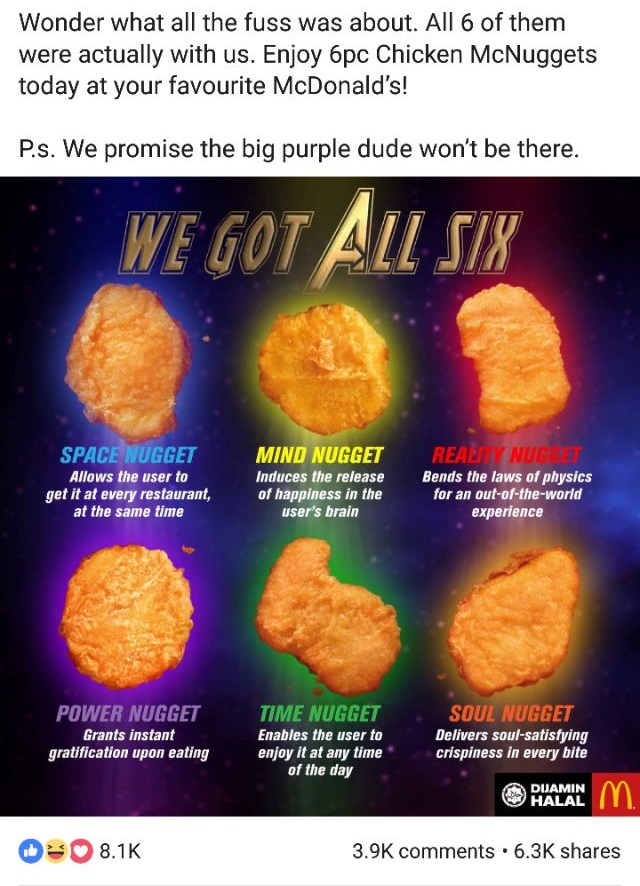
This post by McDonald’s rode on the Avengers hype-train. With some effort and creativity, they garnered an insane amount of organic engagement. Most F&Bs would make the mistake of running normal product shots to meet their production KPI. They then have to resort to boosting the post to make up for the crap engagement and it ends up just annoying people. Not this time though. McDonald’s did a great job with this post.
Respecting your audience means not posting content for the sake of it. This means ignoring production KPIs so that quality takes precedence over quantity. This means not spamming your audience with promotions that add clutter to their lives.
Too many times I’ve seen pages which once enjoyed high engagement lose that engagement because of a drop in quality in their posts. They start sharing irrelevant posts to promote their other interests, they re-share old content too many times etc. If you respect your audience, you’ll never make these mistakes.
Increasing Engagement on Facebook
It’s not impossible to get high organic reach on Facebook today, even if you’re running a page that doesn’t produce content. Two non-content pages that stand out to me are Singapore Police Force and Changi Airport and you can have a look at their pages for some ideas.
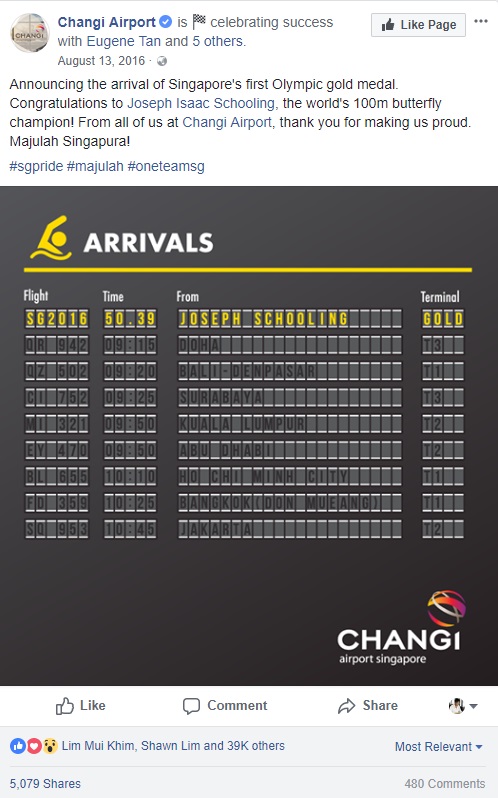
This was a brilliant post, done in a creative way natural to their branding. While other brands got hate for jumping on the Joseph Schooling bandwagon, Changi Airport got love. And they won marketing awards for this too. Such is the importance of ideation!

This post by Scoot rode on the “Low SES” drama happening on social media at that time, putting a positive, creative spin on it.
The examples above ride on current trends, which is one way of creating engagement for your page because the content has maximum relevance at that moment. Another way is to create your own content so that your engagement doesn’t depend on trends, which are unpredictable. This way, you’ll be able to plan ahead.
Finally, an easy alternative is to partner with a publisher who takes care of the ideation, production and distribution. It is especially helpful when you have a small marketing team and just don’t have the bandwidth to also be creating strong content on Facebook.
Here’s something we did for Canon Singapore which went viral on both our pages, creating hype for their new printer meant for students.
“Evergreen content” like this can be planned in advance to be rolled out at opportune times. Check out the sort of positive engagements and comments we manage to attract!
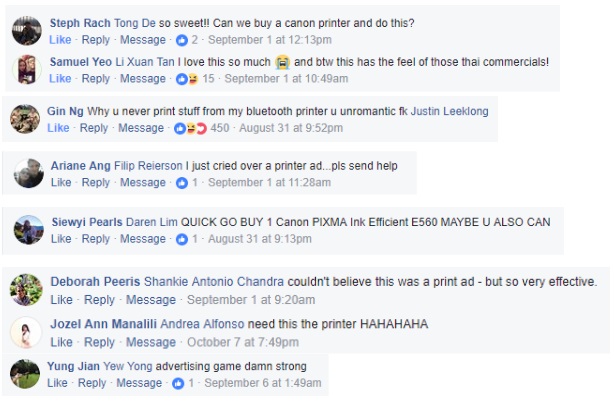
Organic reach and engagement can be achieved with the right strategy.
Want to do something for your next campaign? Drop me an email! I’ll be happy to share ideas on how to drive organic engagement and make your next campaign a success. 🙂
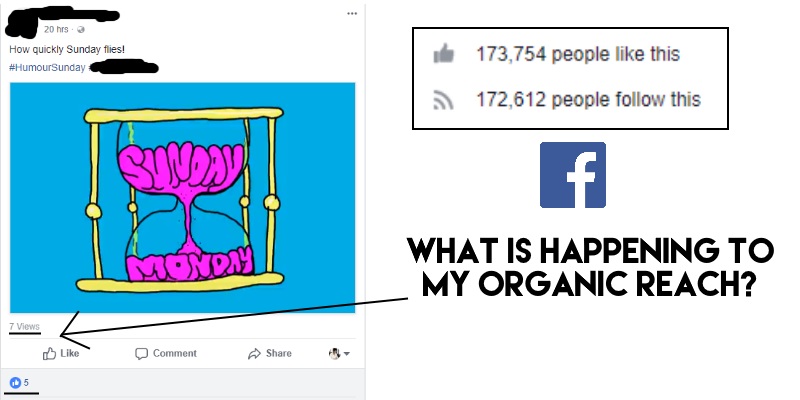
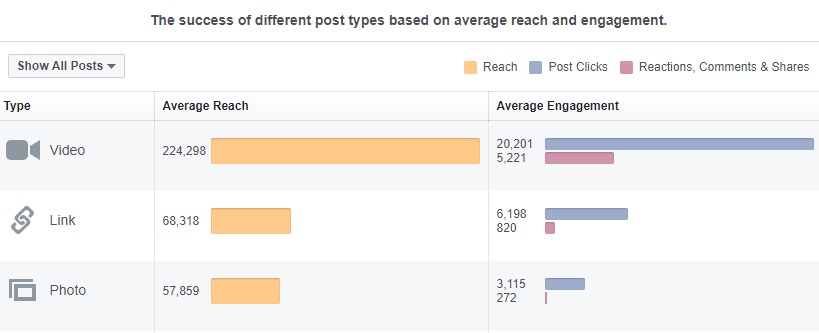
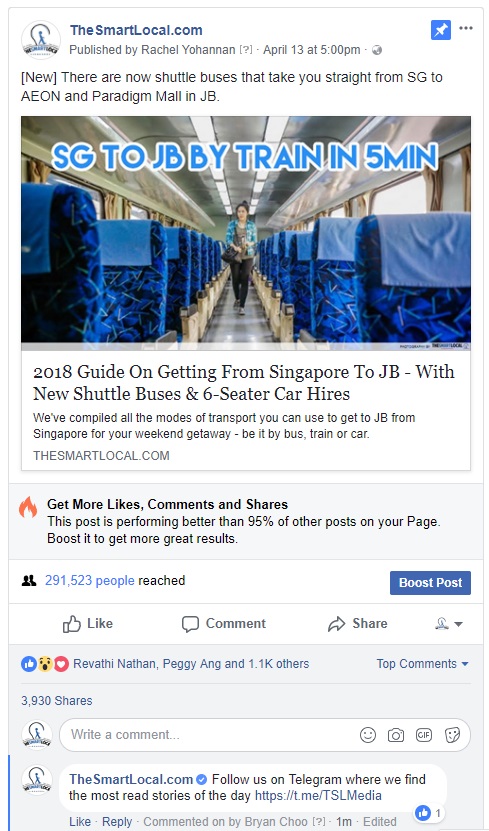
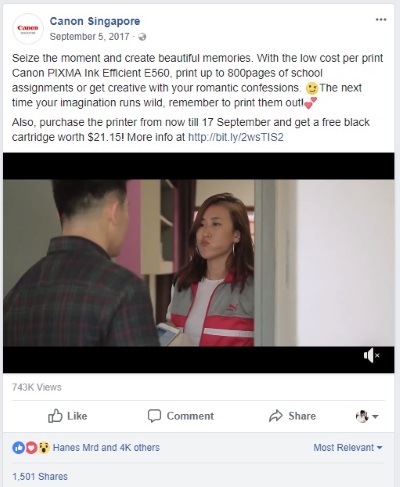
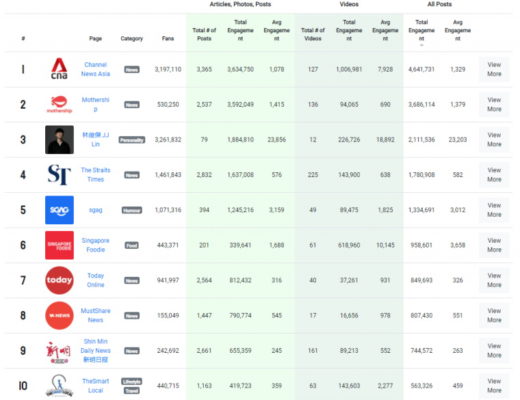
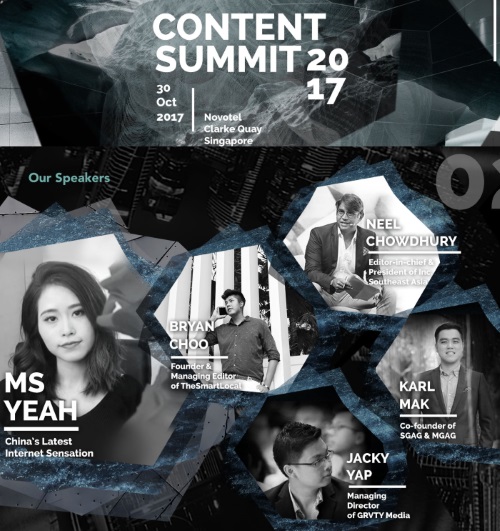

Comments